East Flatbush Block Wants Landmark Status To Fight Development. Will Others Follow?
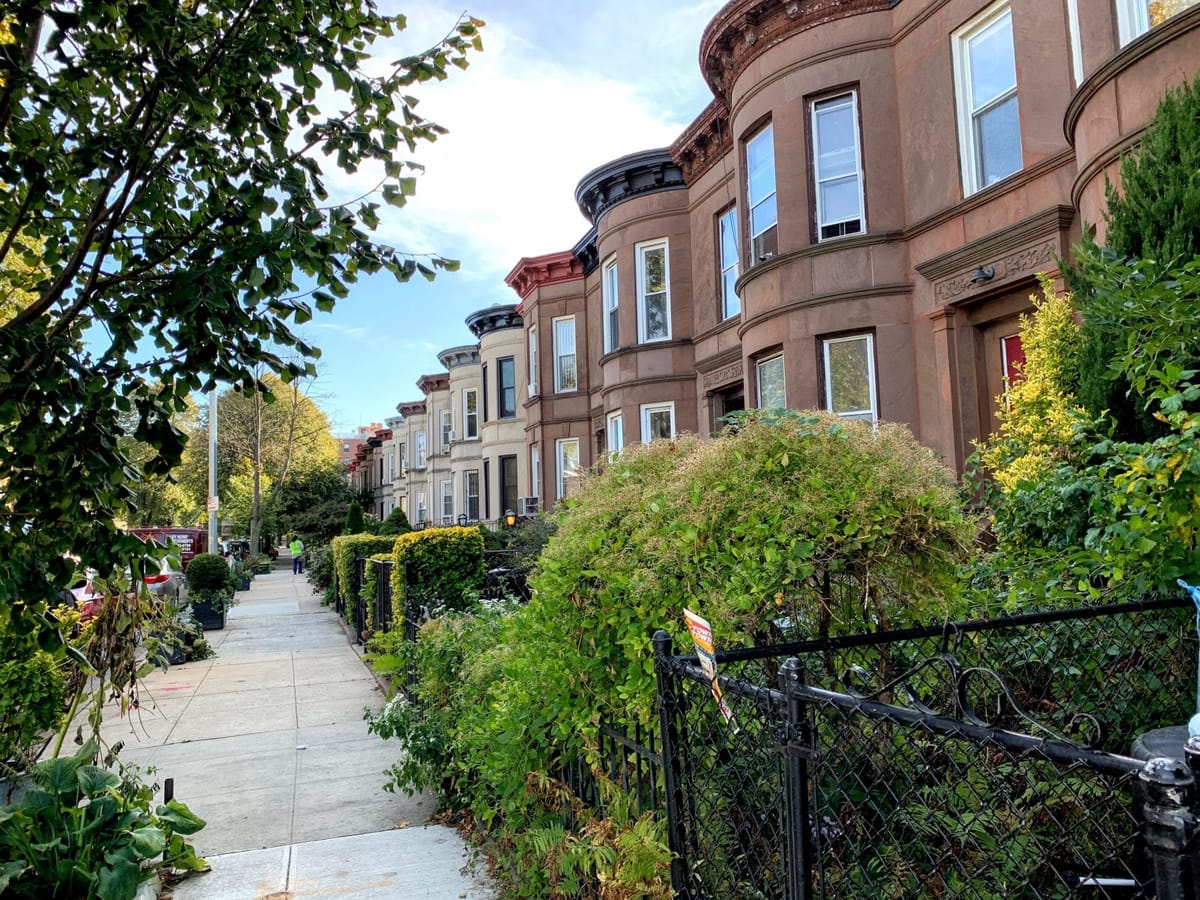
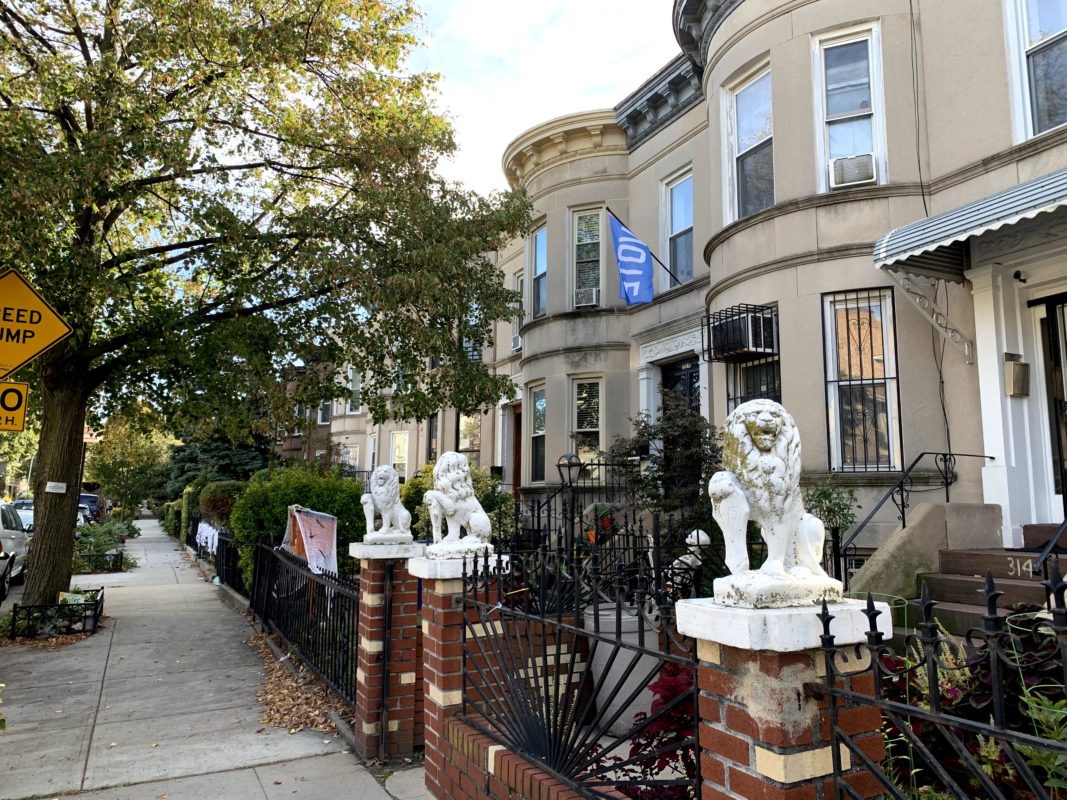
When Julia Charles was pushed out of her Far Rockaway home after Hurricane Sandy, she and her family decided to plant their roots in East Flatbush. Now facing a different threat to her home — developers looking to buy up properties — Charles and her neighbors are turning to a historical solution to preserve their block.
After watching one home on the next block be bought and demolished, the residents of East 25th Street between Clarendon Road and Avenue D are hoping to fend off developers by designating their block as a historic district.
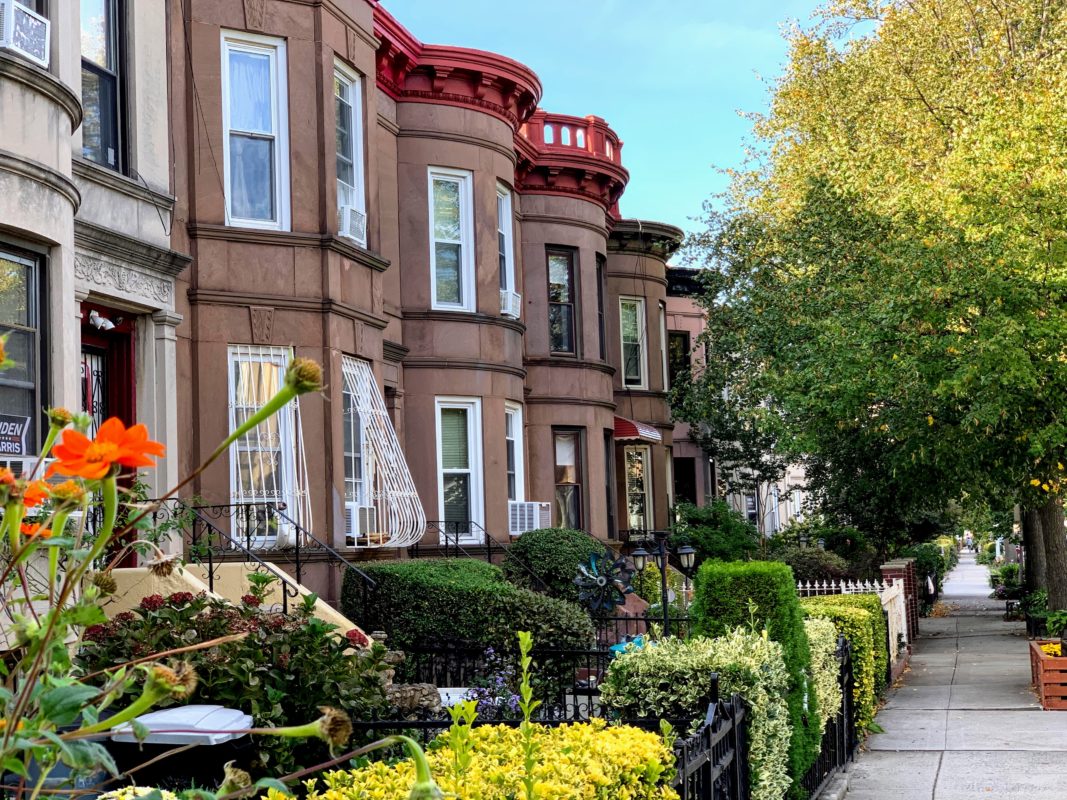
The 300 East 25th Street Block Association is nearing the final steps of the landmarking process to preserve their block’s century-old Neo-Renaissance architecture and vibrant community, which has won Brooklyn Botanic Garden’s “Greenest Block in Brooklyn” award four times.
According to a brief from the Landmarks Preservation Commission, the block consists of “a remarkably cohesive group” of 56 well-preserved row houses built by the same developer, the Henry Meyer Building Company, between 1909 and 1912. Acquiring landmark status would make it more challenging to alter the buildings’ appearance, creating a significant obstacle for future development.
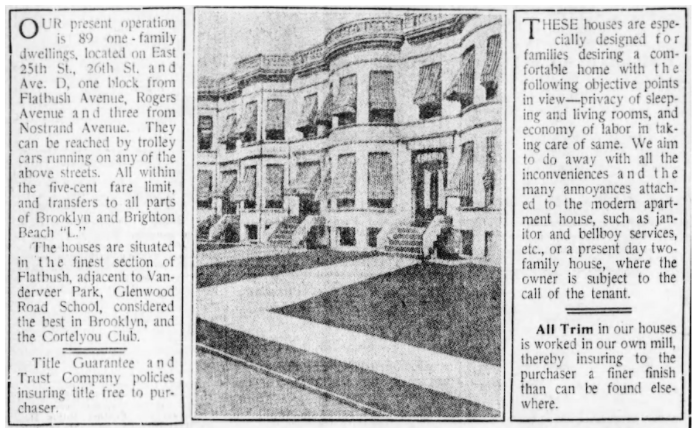
Charles, a homeowner on the block and leader of the landmark initiative, emphasized how rapid development has bulldozed through East Flatbush and all of Brooklyn.
“It’s happening so fast,” Charles said. “I mean, how do we fight these companies with multi-million dollars? It seems almost like the story of David and Goliath.”
Residents of East Flatbush have watched their neighborhood rapidly change as brownstones and limestones are torn down in favor of tall, steely new developments. In 2018, East Flatbush had 227 units authorized by new building permits. This number jumped to 678 in 2019, a significant increase in the construction of new apartment units in just one year.

Compared to the 59 community districts in New York City, East Flatbush ranked No. 10 in units authorized by new building permits. Back in 2000, it ranked No. 54.
Landmark status would preserve the block’s historic architecture and help cement the area’s well-known Caribbean culture, residents believe. Charles said most of the block’s residents are Black with Caribbean heritage, and preservation of the block would keep that part of its character intact, too, at least for a little while longer.
“It’s not just the buildings,” Charles said. “It’s the people of New York and that spirit that keep the city alive. And when we think about preservation, we have to think about that, too.”
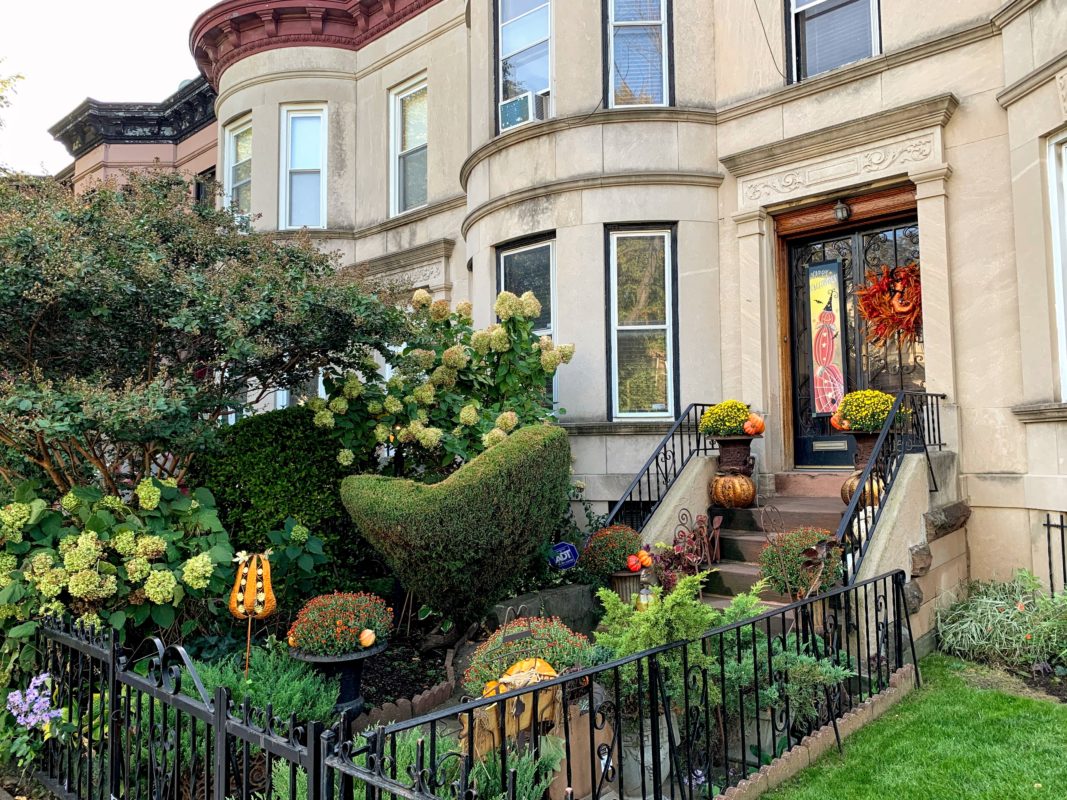
The designation would make East 25th Street the first historic district comprising row houses in East Flatbush. Residents and the Land Use Committee of Community Board 17 (CB17) are watching the process closely because if successful, the block will be used as a possible blueprint for preserving other areas in the community by seeking landmark status, said Goodfriend.
The Land Use Committee has long identified out-of-context development as a threat to East Flatbush – an area comprising mostly 1-2 family homes. It sent a letter to the Department of City Planning in 2018, calling for a contextual rezoning of the area that would fight displacement of longtime residents, preserve the lowrise community’s character, and hold developers “to a high standard” if they wanted to build high-density buildings. The committee has requested a contextual rezoning review for over five years.
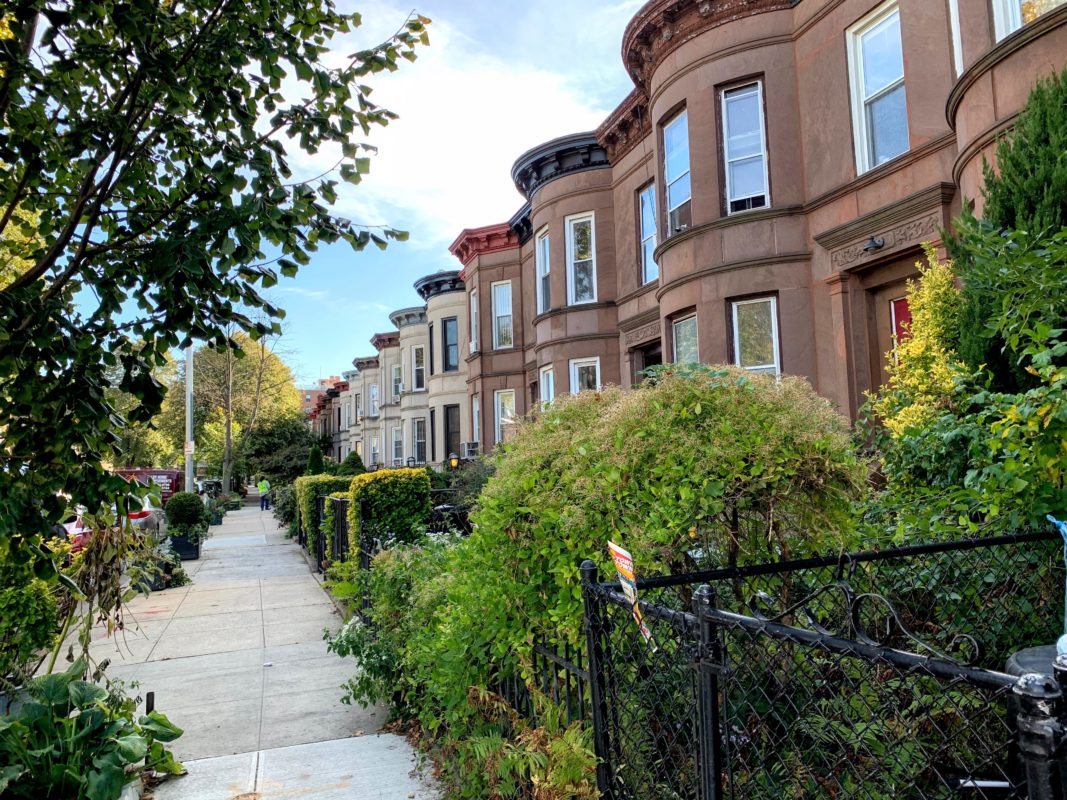
Now, Rachel Goodfriend, chair of the CB17 Land Use Committee said the Covid-19 pandemic has only exacerbated concerns about developers taking advantage of East Flatbush residents, a population that is 86% Black and was disproportionately affected by the pandemic.
In an open letter to the Department of City Planning in July, the CB17 Land Use committee once again demanded contextual rezoning for the area that would limit the types of developments permitted. It condemned the department for prioritizing developers’ rights and viewing proposed downzoning – zoning that would reduce the density of construction permitted – as the “taking” of property from prospective developments.
“Is it not an unjust ‘taking’ of light, air and quality of life when an out-of-context building is constructed next to a single family home that may be the only source of wealth for a Black family?” the letter reads. “We are determined to protect our rare, remaining pocket of Black homeownership in East Flatbush and the surrounding neighborhoods.”
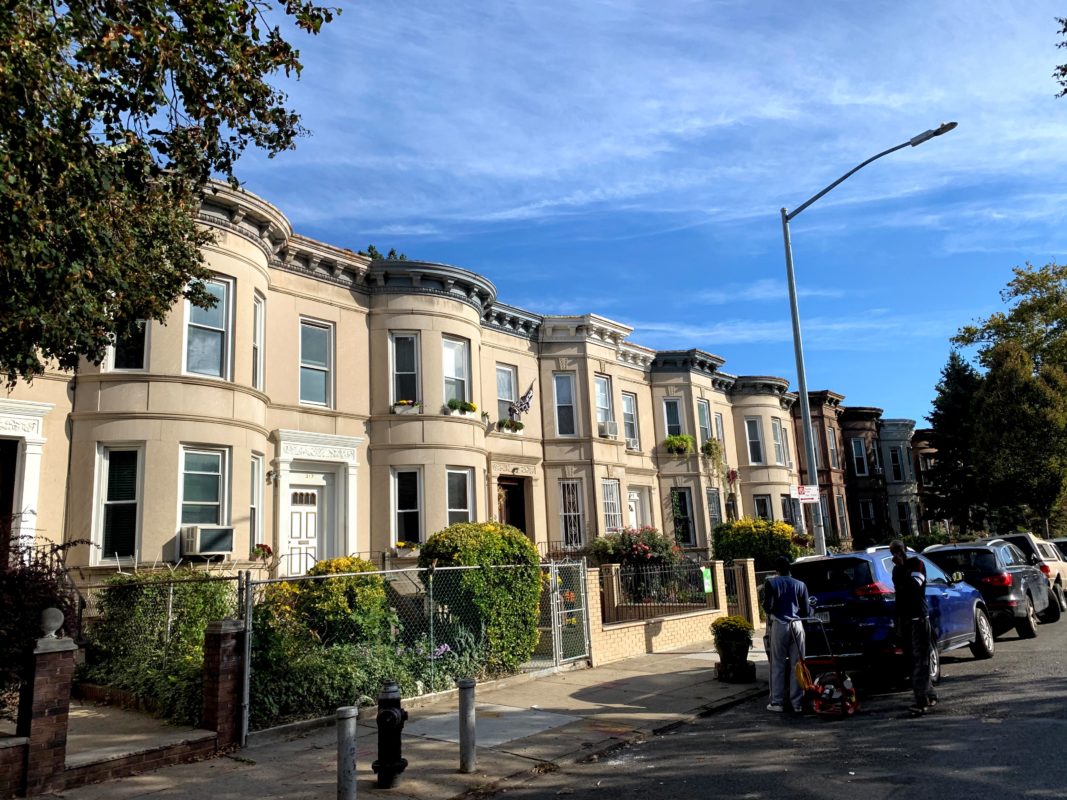
The Department of City Planning followed up on the letter earlier this month, saying it would assist CB17 in creating potential programs to encourage and protect Black homeownership in conjunction with other agencies, according to a spokesperson from the Land Use committee.
However, the city may not be as receptive regarding downzoning, considering it rejected a plan proposed by Bushwick politicians and residents earlier this year that included a downzoning of their community. Deputy Mayor Vicki Been wrote she was “deeply concerned” by the proposal for downzoning in a letter she wrote to the stakeholders.
While the city has been slow to act on the bigger call for rezoning, the East 25th Street Block Association has made significant ground in the fight for neighborhood preservation. At the Landmarks Preservation Commission’s virtual public hearing for the block’s designation on September 22, support for the initiative was considerable. Eight people testified in favor of designation and 26 letters of support. Nobody voiced disagreement. Now, they await a date for the public meeting with the commission, where it will consider the testimony and research before holding a vote.
With support from the Land Use Committee, the Brooklyn Botanic Gardens, the Historic Districts Council, and local politicians like City Councilmember Farah Louis and Assemblywoman Rodneyse Bichotte, the initiative has many community members hopeful for what’s to come.
“We hope that the Landmarks Preservation Commission recognizes the meaningful community support and approves the East 25th Street historic district,” Goodfriend said at the public hearing. “Further, it is our sincere hope that the East 25th Street initiative becomes a catalyst for future historic districts and communities of color throughout New York City.”




